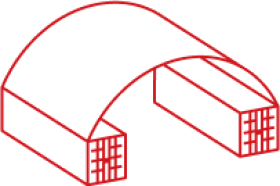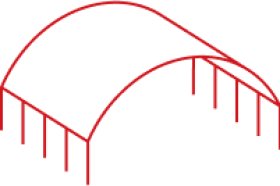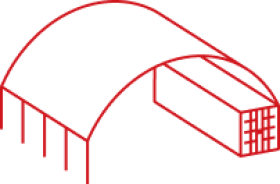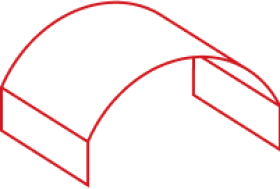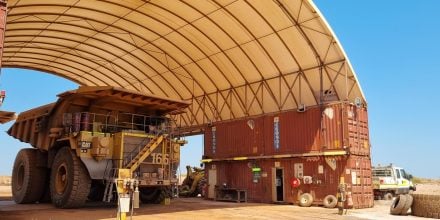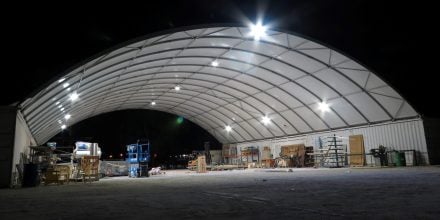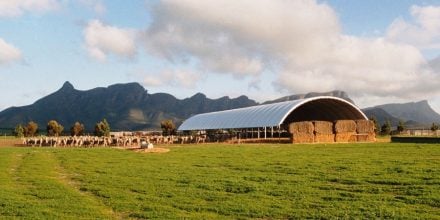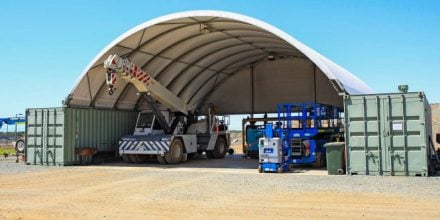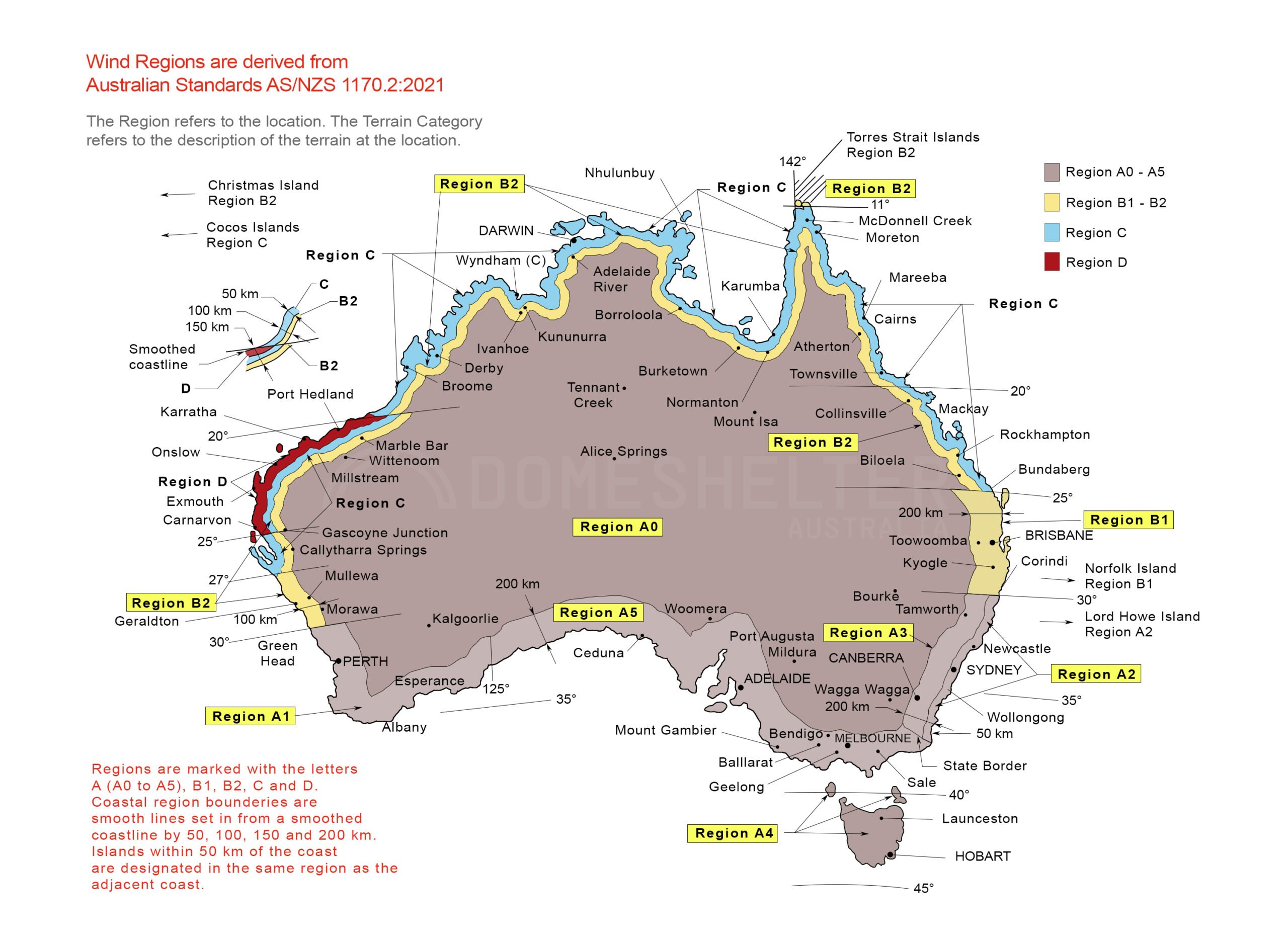* Please note the above video was recorded while AS1170.2:2011, the previous version of the code, was in place. The ultimate wind speeds of each region have since been updated with the introduction of AS1170.2021, see below for more details.
Wind speed is an important factor in the planning and building of any new structure, including Fabric Shelters. It influences the design and engineering specifications of the proposed Structure.
Every proposed DomeShelter™ Fabric Structure location will be assessed by your DomeShelter™ Consultant, to ensure it is given the appropriate design criteria and is properly engineered. Assessment takes into account Australian building standards, such as AS1170.2:2021, and involves three main factors:
1. Wind Regions
2. Terrain Category
3. Importance Level
Other criteria such as design working life and annual probability of exceedance may also be considered if applicable.
Wind Regions
‘Wind region’ refers to the classification of different regions of Australia, based on wind speeds and frequency of extreme weather events experienced in those areas. These regions have been determined according to the Australian Standards AS1170.2:2021 Structural Design Actions.
You can see the map below for wind regions of Australia (criteria may differ in other countries).
The four regions are as follows:
REGION A: “Normal”. Wind speeds of up to 155 km/h
REGION B: “Intermediate”. Wind speeds of up to 188 km/h
REGION C: “Cyclonic”. Wind speeds of up to 220 km/h
REGION D: “Severe cyclonic”. Wind speeds of up to 260 km/h
Terrain Categories
Terrain categories are another important factor in building design and engineering. They relate to an area’s exposure to wind as a result of the surrounding terrain.
TERRAIN CATEGORY 1: Exposed, isolated, flat, treeless and poorly grassed open terrain with few or no obstructions, measuring 10km radius or more.
TERRAIN CATEGORY 2: Open terrain including grassland, with well-scattered obstructions of heights generally between 1.5-5m, such as trees and buildings, but no more than two obstructions per hectare.
TERRAIN CATEOGORY 3: Terrain with numerous, closely-spaced obstructions, usually between 3 and 10 metres high. This terrain category usually relates to suburban, built-up or densely wooded areas.
Importance Levels
“Importance Level” relates to the level of consequences to people or the public in the event of a building failure, as designated by the Building Codes of Australia. (BCA) There are four importance levels, as follows:
IMPORTANCE LEVEL 1: Buildings with a low degree of hazard to human life and other property in the event of a building failure. Typically, level 1 should only be designated to isolated storage buildings.
IMPORTANCE LEVEL 2: The default or ordinary level, for structures with medium consequence to human life and considerable economic consequences in the event of failure.
IMPORTANCE LEVEL 3: High consequence for loss of human life or very great economic, social or environmental consequences in the event of failure.
IMPORTANCE LEVEL 4: Exceptional circumstances, for buildings essential to post disaster recovery or those associated with hazardous facilities. A hospital, for example, would be considered importance level 4.
For ease of reference, DomeShelter Australia assigns projects with one of two different importance level rankings, 1 being buildings with low level of consequence to human life and 2 being moderate to high consequence. Fabric Structures would not be used for an Importance Level 4 structure so this would not be applicable.
